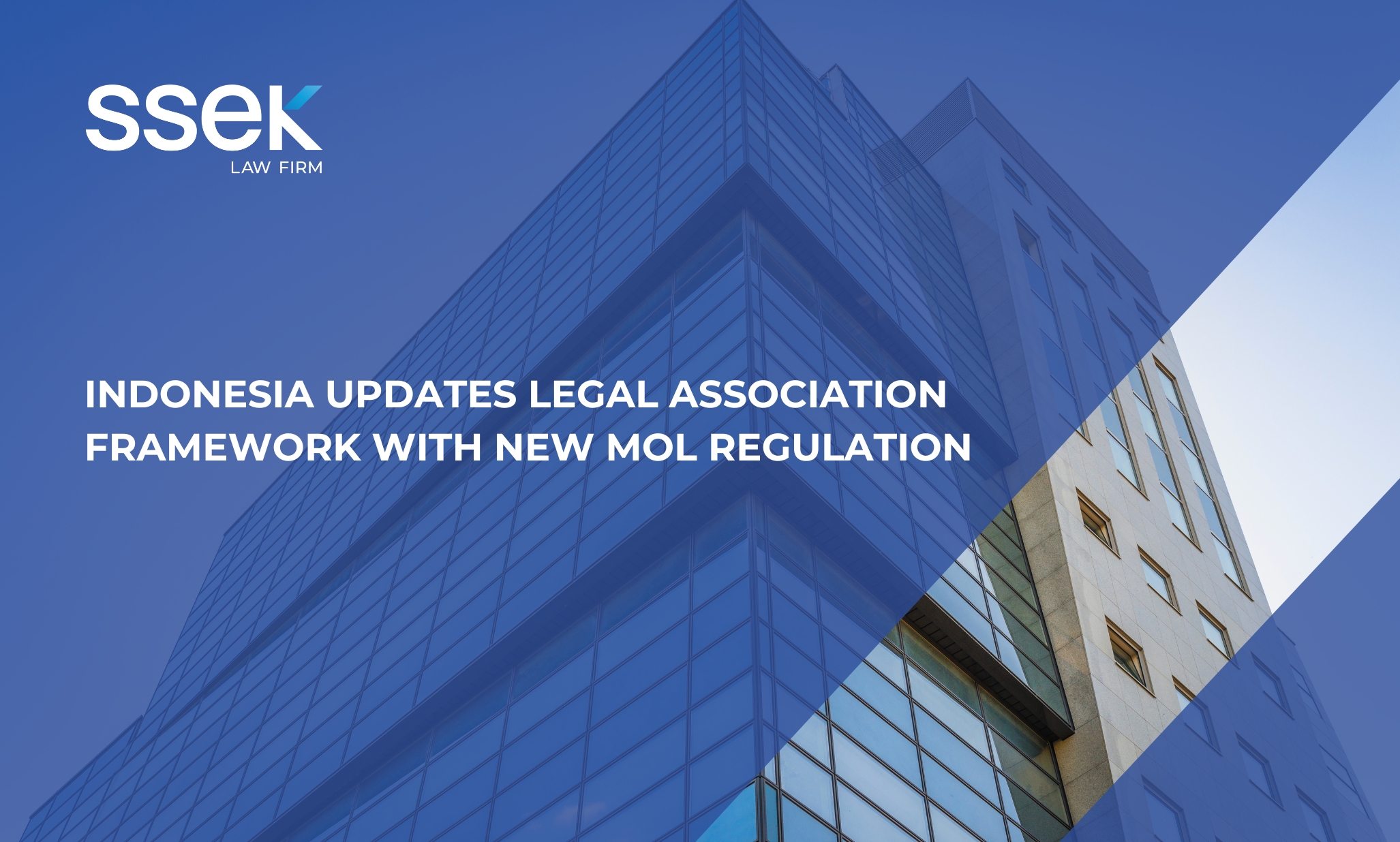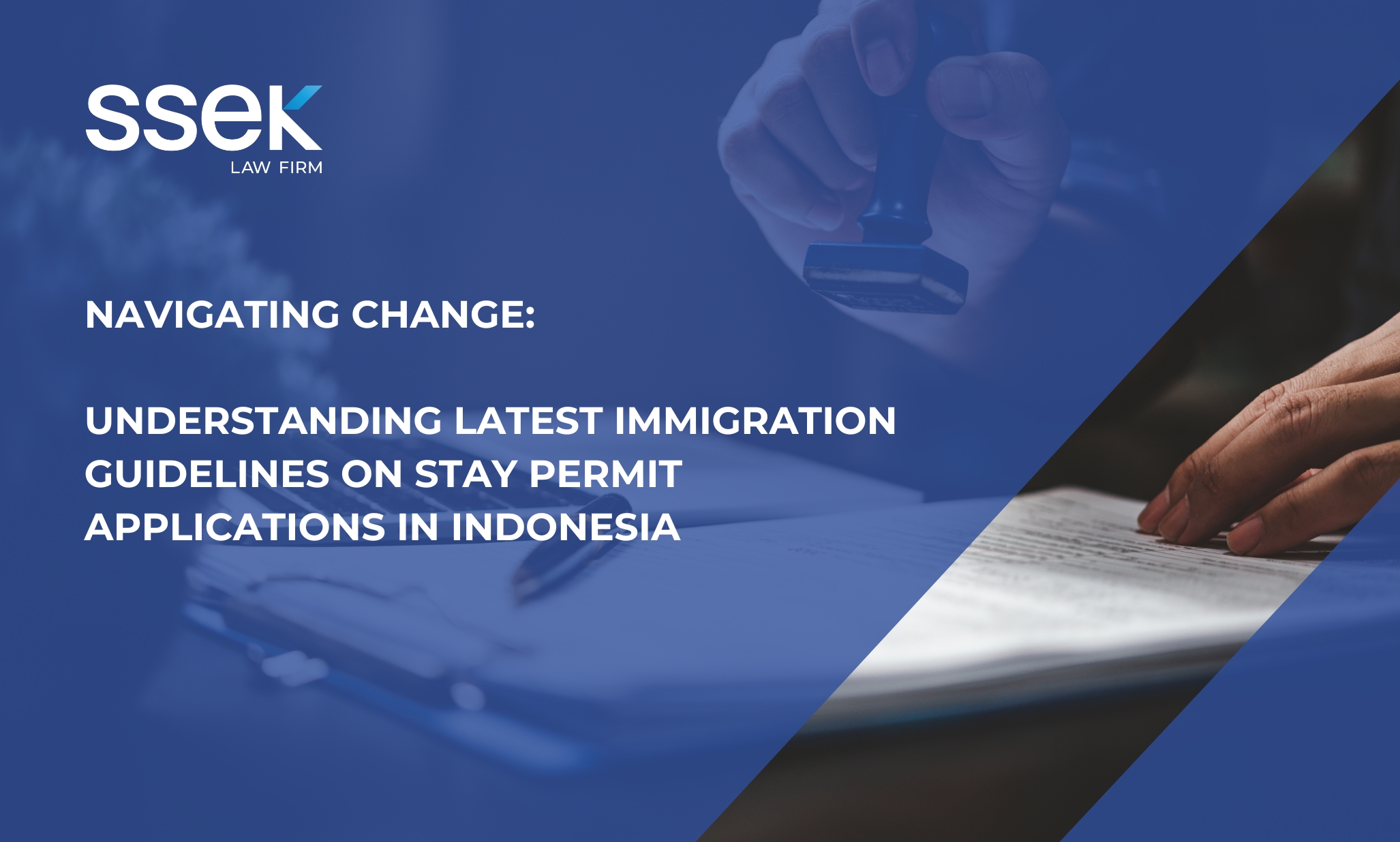

The Indonesian Ministry of Industry plans to issue a new regulation on the calculation of local content for pharmaceutical products.
This planned regulation is in response to Presidential Directive No. 6 of 2016 on the Acceleration of the Development of the Pharmaceutical and Medical Equipment Industry. That directive mandated the Ministry of Industry to implement policies to support the development of Indonesia's pharmaceutical and medical equipment industry, as well as to monitor and evaluate the implementation of local content rules in the pharmaceutical sector.
This development push is also supported by Minister of Health Regulation No. 17 of 2017 regarding Action Plan for the Development of the Pharmaceutical and Medical Equipment Industry ("MOH Reg. 17/2017"). That 2017 regulation requires the pharmaceutical and medical equipment industry in Indonesia to prioritize the use of raw materials produced domestically.
Local Content Requirement
Indonesia's pharmaceutical industry relies heavily on imported materials. An analysis in Attachment II of MOH Reg. 27/2017 notes that the Indonesian pharmaceutical industry is short of local materials that meet quality requirements. As a result, 90% of raw materials used in Indonesia's pharmaceutical industry are imported, with only approximately 10% of the materials sourced from domestic producers.
Manufacturing and Development Process
The Ministry of Industry said the local content requirement for the pharmaceutical sector would differ for each stage of the manufacturing and development process. The overall local content requirement for raw materials is expected to be a minimum 30%, with active ingredients making up 70% of that and additional ingredients 30%.
For research and development, the overall local content is expected to be a minimum 25%, consisting of 25% for the research and development stage, 30% for the trial stage, 35% for the formulation stage and 10% for bioavailability/bioequivalence. For the production process, the overall local content is expected to be a minimum 35%, consisting of 60% for the formulation stage and 40% for the dosage formulation stage. And finally, for the packaging process the overall local content is expected to be a minimum 10%, consisting of 50% for batch release, 40% for primary packaging and 10% for secondary packaging.
These local content requirements are expected to ease the sector's dependence on imported products, and the Ministry of Industry aims to increase the overall use of local components in the pharmaceutical sector to approximately 20%.
Conclusion
With new local content requirements, the hope is that investors will set up manufacturing plants in Indonesia to produce materials and process products in the country. Another goal is to improve scientific research in Indonesia. Existing pharmaceutical product manufacturers should also expect that they will be required to comply with the new local content requirements.
The regulation on new local content requirements for pharmaceutical products was expected to be issued by the Ministry of Industry by December 2019, but has yet to be issued as of the date of this writing.
This publication is intended for informational purposes only and does not constitute legal advice. Any reliance on the material contained herein is at the user's own risk. You should contact a lawyer in your jurisdiction if you require legal advice. All SSEK publications are copyrighted and may not be reproduced without the express written consent of SSEK.









